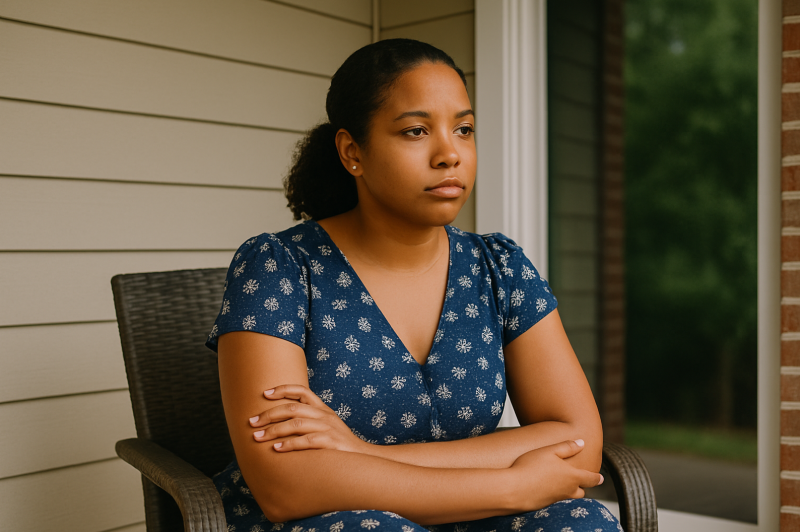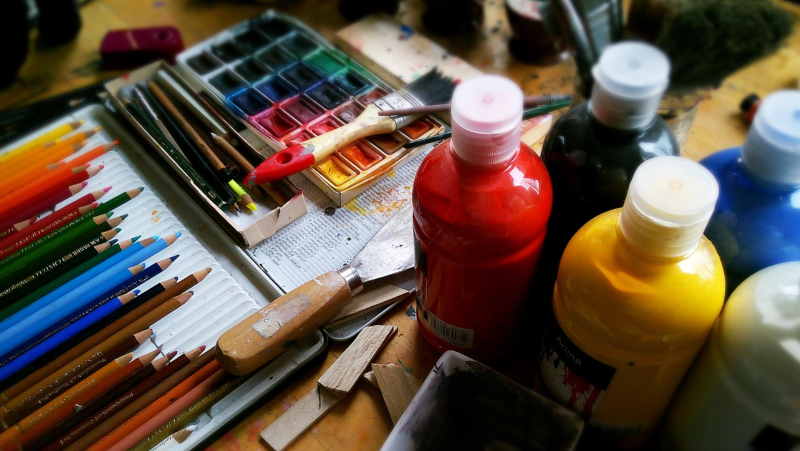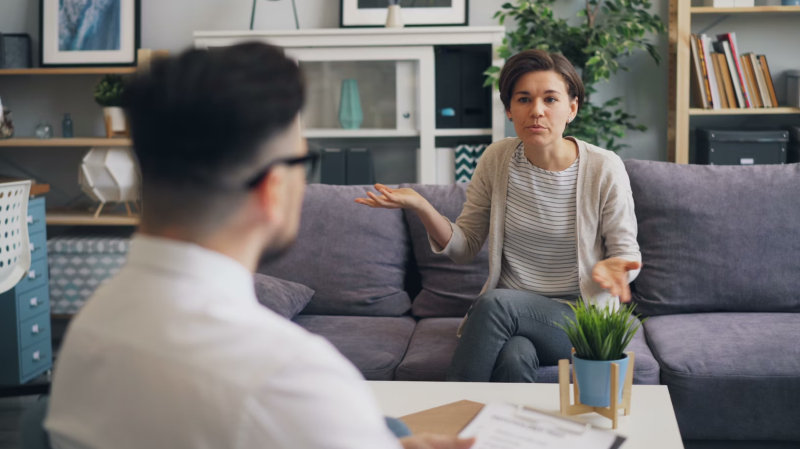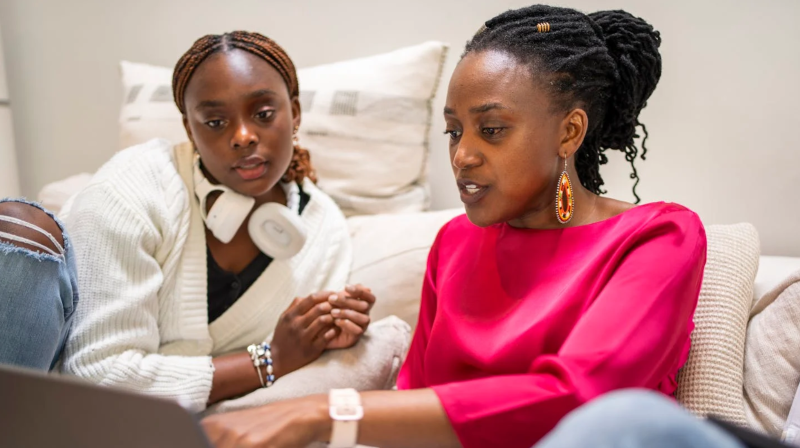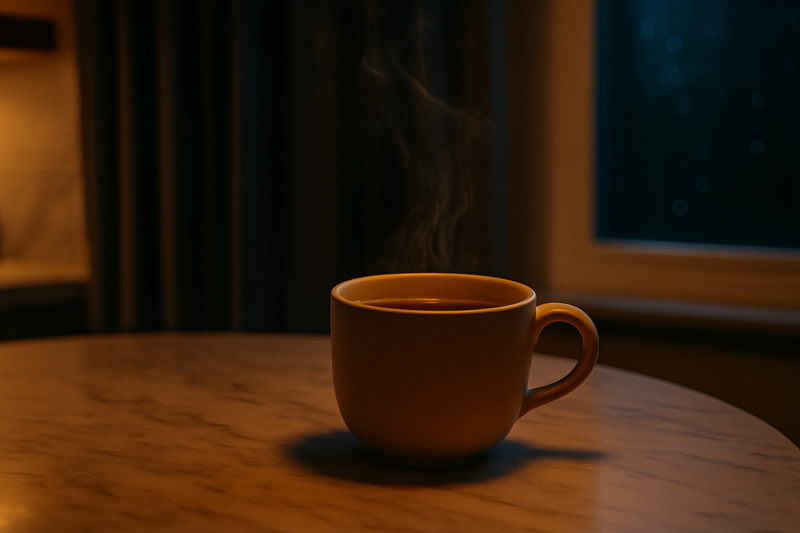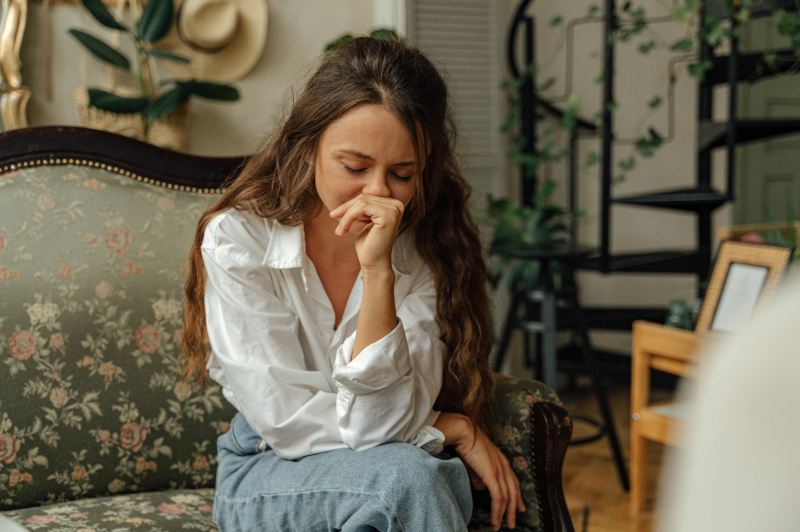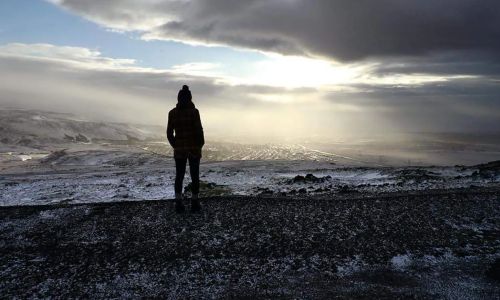
Photo courtesy of Kayla DeVault.
Learning about my roots has helped me understand intergenerational trauma and cultural resilience related to my genetics.

By Kayla DeVault
Journalist and certified engineer
One memory comes to me like a photo. It’s a snapshot of my mom’s kitchen, the lights dimmed with just the glow of the stove in the background. A line of women, covered in flour, gather together: my grandmas, great-aunts, family from all backgrounds. They read a recipe card from my paternal grandma, mix and roll dough, then pass it down the line to the pierogi molds. My aunt alternates between sauerkraut, potato and cheese, and prune fillings. My maternal grandma seals the dough pockets on a tray. She’s not Eastern European, but her grandkids are—and that’s how we’ve grown up.
With so many traditions within extended family, we all learn from each other.
Within my family circle, I never questioned my identity. I was just a DeVault. Some of my ancestors emigrated to find the American Dream; others have had to defend themselves against its impacts. Some ancestors planted churches; others fled religious persecution.
My ancestors include Shawnee, Anishinaabe, Eastern European, Scottish, and Irish. I’m an enrolled Shawnee who must participate in annual ceremonies as part of my membership; I’ve also participated in Scottish culture, dancing competitively in the Highland Games and celebrating with haggis.
I grew up identifying with all of these pieces of myself.
When I was older, the questions came, which made me question myself. And it wasn’t just questions of tribal blood quantum or how long I’ve lived on a reservation; I’m questioned about my Scottish heritage, as well. People would ask how I could identify with so many backgrounds, if I spoke any of the languages, or if I spent time among those communities. As I study Indigenous research methodologies in graduate school, the question of community belonging resurfaces constantly. I began to wonder how to authentically participate in my heritages when I cannot physically live in them all at once. How can I honor my many identities?
The non-Indigenous members of my family are largely ignorant of my Indigenous cultures, whereas the Indigenous members of my family tend to belong to multiple tribes, including Comanche and Navajo. Sometimes it’s hard to keep the traditions straight. And despite having participated in “Celtic (Gaelic) culture” my whole life, I grew up knowing very little about where those ancestors came from.
In 2013, I traveled to Europe to trace my European heritage. What I found were Scottish and Irish ancestors with experiences similar to my ancestors on this side of the Atlantic. Because the population there is considered white, I never considered their relationship to British colonizers, who perpetuated stereotypes and enforced genocidal policies on the Gaels. In Belfast, I experienced a sterilized Northern Ireland, one meant for the tourists and doesn’t reveal the gaping wound left by 800 years of British oppression. And in Scotland, I found myself searching for the classic image of untamed Scottish Highlands. Later, I realized this image is a stereotype that served to facilitate British conquest over “savage” lands.
People who leave their communities tend to lose touch with traditions, their language, sometimes the meaning behind what they do. This includes people with Indigenous heritage, non-Indigenous heritage, or both. In fact, looking out across the Scottish Highlands, I could only wonder what had really happened there—and what relationship the people still living there today have with that history. These questions are what led me to explore the histories in my own family—on both sides of the ocean.
It doesn’t matter how many pieces make up my whole; rather, it’s my relationship with those pieces that matters—and that I must maintain. Simply saying “I am this” isn’t enough. To truly honor my heritage, I found I must understand and participate in it.
Growing up, my extended family was the glue that made those pieces work. But now that I am older, the picture of our kitchen is fading. One by one, a relative vanishes from the image as I lose another connection grounding the parts of my whole in reality, in a cohesive mosaic. Without these people and the food rituals we shared, I’ve found myself feeling disconnected from tradition—and the pieces of my identity. Learning about my roots has helped me understand intergenerational trauma and cultural resilience related to my genetics—and now, I think, I must also rekindle my relationship with my family traditions.
I am entitled to my multiple heritages, and I’m beginning to embrace all the corners of the world my ancestors came from, every woman before me who lived, ate, and gave birth.
Originally published by Yes! Magazine, 04.24.2018, under a Creative Commons Attribution-NonCommercial-NoDerivatives 4.0 International license.
